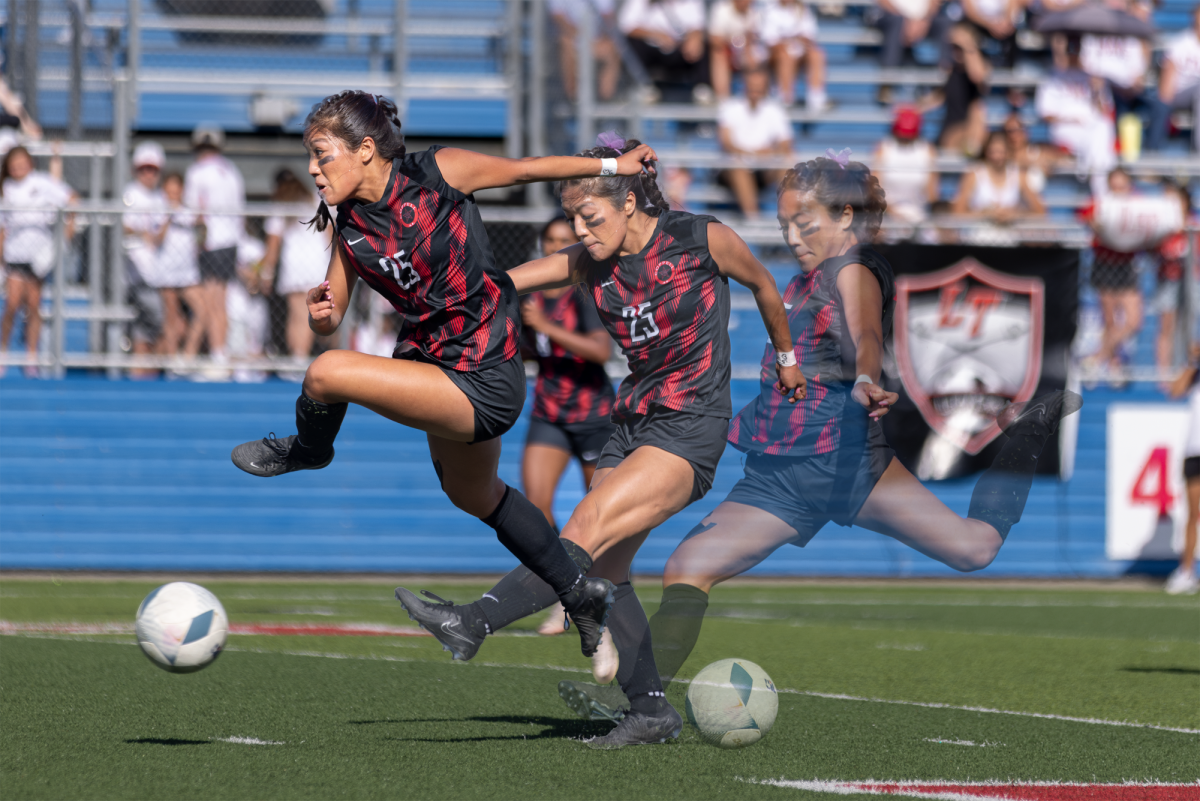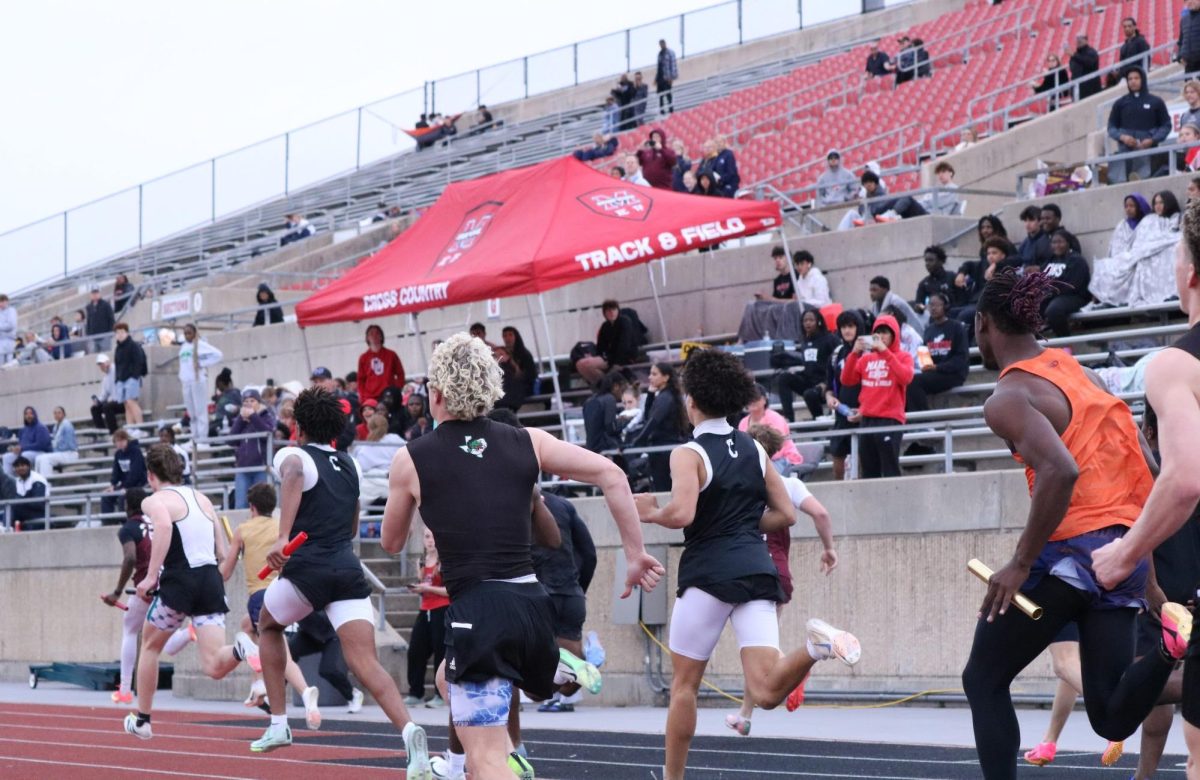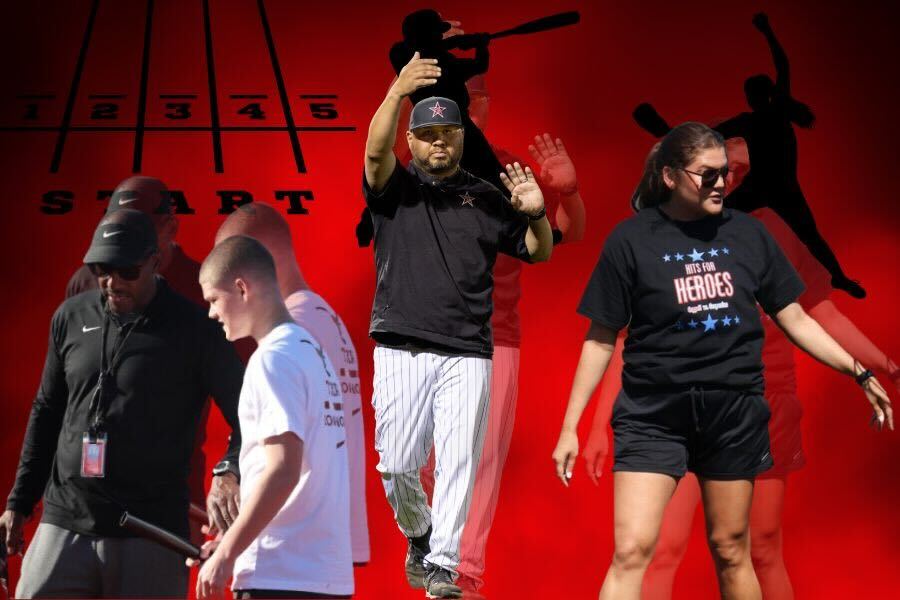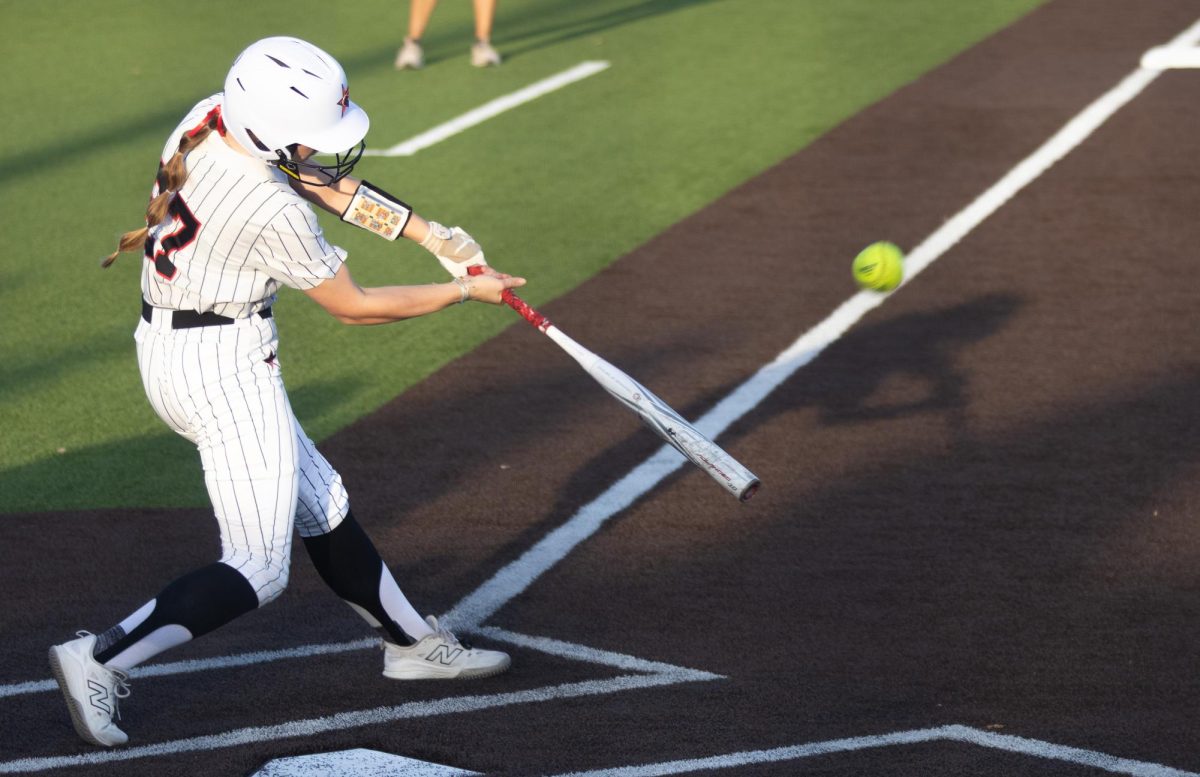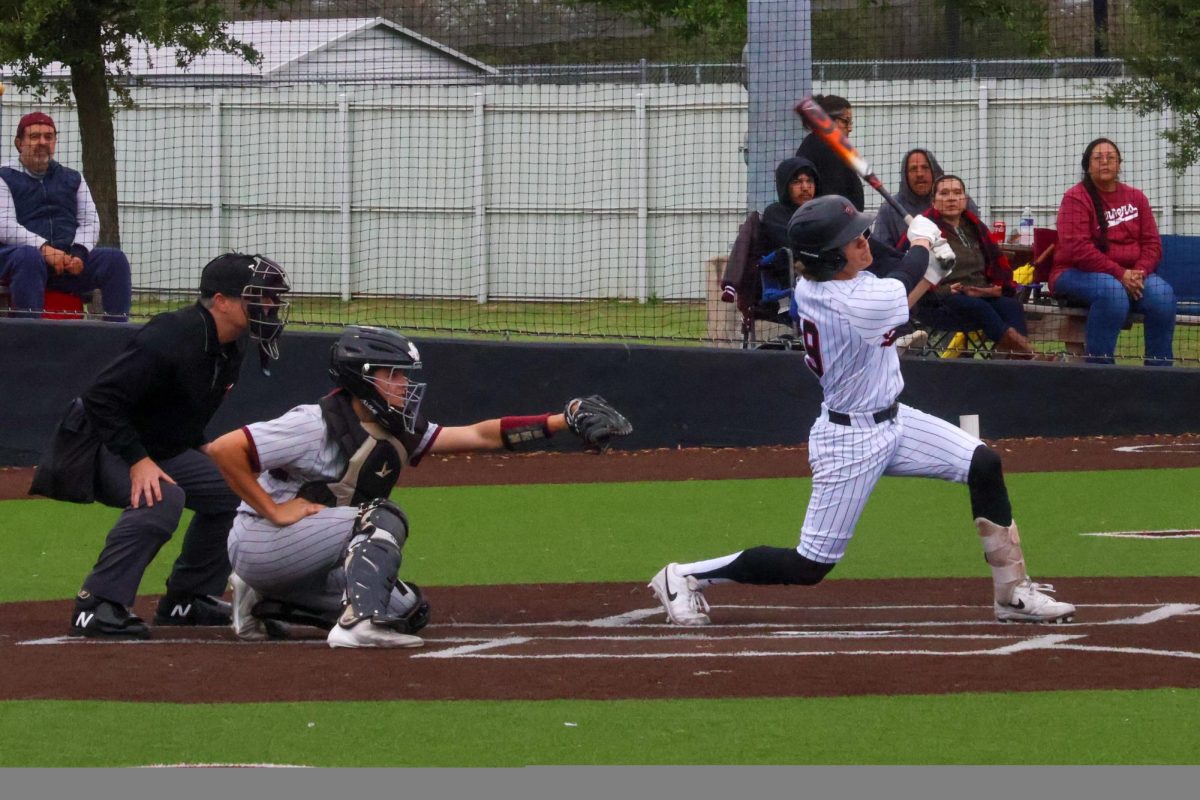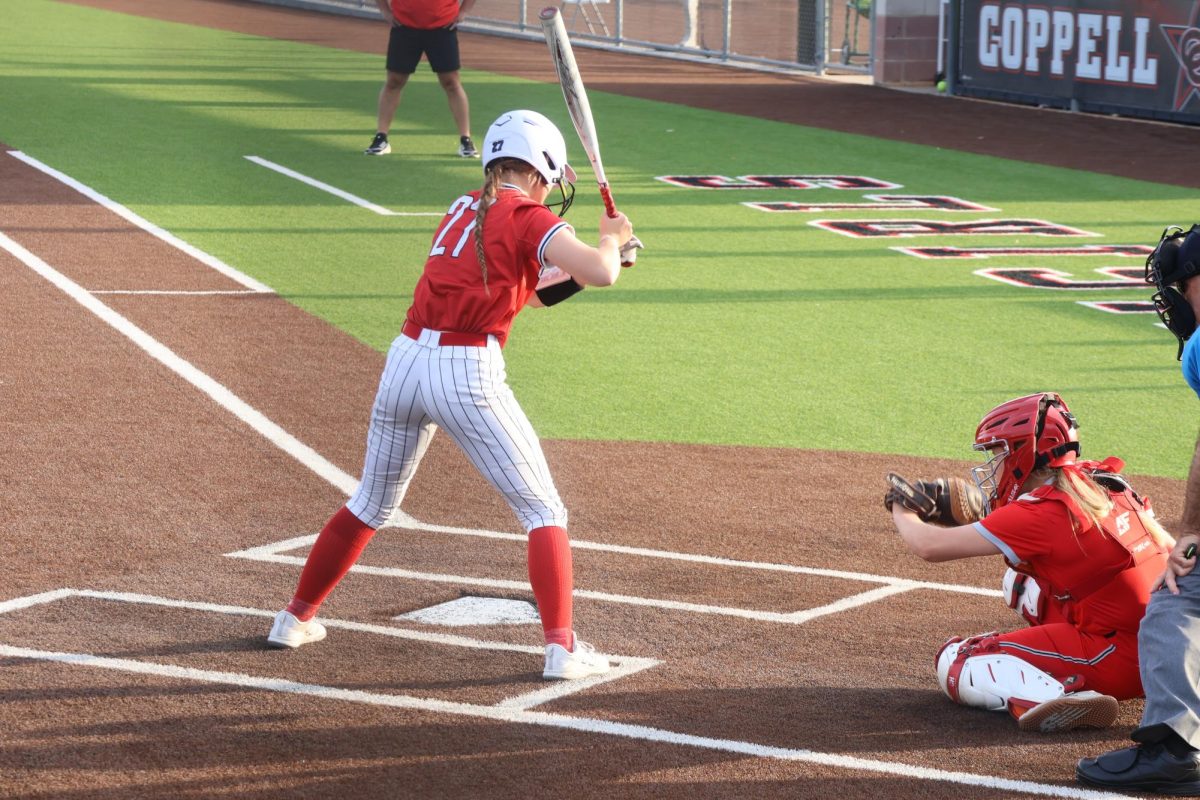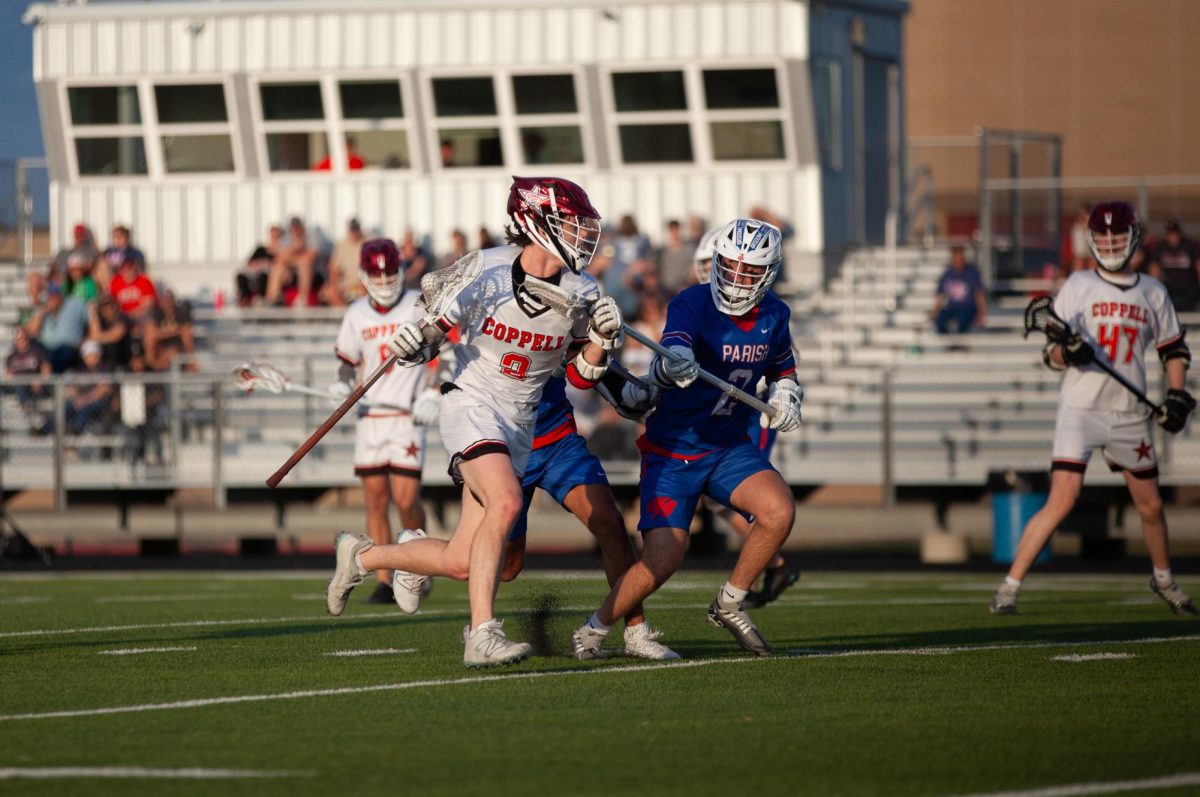By Alex Nicoll
Editor-in-Chief
@NicollMac
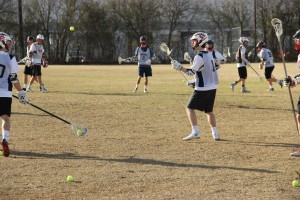
For a student, schedule pick-up is a sign of change. It signals the end of summer. It signals the beginning of another year of school and numerous yearly school fees.
For all extra-curricular activities, it is a signal to once again pay that $150 Pay-to-Play fee. For many sports this is just the tip of the iceberg of costs.
Many may wonder where the Pay-to-Play fees go.
“All of that money goes into the general fund to pay for the operations at Coppell High School, whether it be the athletic program, the band program or hiring teachers,” Coppell ISD Athletics Director John Crawford said.
From that operating fund, the athletic department has to spread its portion out to what they see fit.
“The chief financial officer from the business office basically tells me ‘Here’s the block of money that you have’,” Crawford said.
This money is used at the discretion of the athletic program and can be used for traveling expenses, uniforms and referee costs.
Because of this some sports benefit from popularity, University Interscholastic League (UIL) alignment or other the ability to bring revenue for the school.
On the other hand some sports at Coppell High School are not as fortunate. Three sports in particular, baseball (UIL sanctioned), lacrosse and hockey (non-UIL sanctioned), have the most costs associated for individual players, but what exactly are these costs and where do they come from?
Lacrosse
With an operating budget of $100,000 a season, according to Coppell lacrosse coach Alex Poole, lacrosse at the high school level comes with a hefty price tag. That budget comes directly from a team’s players and family in the form of fees, dues and donations.
Understandably, lacrosse, like hockey, can be at an economic disadvantage with being a non-UIL sport, meaning that the transportation costs, field use and all other expenses associated with the sport come directly out of the pockets of players and their families.
Even the salaries of the coaches are funded by the program. Poole’s salary, along with the other coaches comes from the Coppell Lacrosse Association, which is managed by parents of his players.
While this could cause problems for many other organizations, Coppell benefits from great support for the families of these players.
“It is a 100 percent parent-driven organization,” Poole said. “Because it is the parents’ money, we have a little more flexibility with what to spend it on. If there is anything at all I need, the parents and booster club are great. ‘Do you need new nets? No problem. Do you need a new bounce back wall? Great go ahead.’
“There is not a set budget we have and all the money we raise goes into a surplus for next year.”
However, the high schools and districts cannot subsidize the costs as they are not allowed to be associated with the programs in any way, according to Crawford.
This might pose a conundrum to those that know the “school-sanctioned” lacrosse team uses the Coppell Cowboys logo, name and colors. It turns out that since those are associated with UIL sports, according to Crawford, the team does not have to pay a user fee for the logo; they just simply associate themselves with the school since a majority of the team hails from Coppell.
“They just have taken on that name,” Crawford said.
They even have to pay for their own uniforms.
Those, on top of all the other equipment required for a season including: helmets, chest pads, elbow pads, cleats, gloves, sticks and heads, can average around $700-$800 alone. This includes that quality is paramount to these players.
“Like every sport, the more well-known brand generally means the more quality of the equipment,” Coppell lacrosse senior Max Johnston said.
Equipment is just one part of the costs associated with lacrosse. A $1,100 fee is due for each spring season for varsity and the price is reduced to $900 for junior varsity then to $500 for the developmental team.
For these boys, however, the costs do not end here.
Like many high school athletes, save football, it is not enough to just play for your school. To get an edge on the competition and compete for a scholarship many of these lacrosse players play for select lacrosse teams.
With another team comes another cost, this one amounting to $2,000-3,000 according to Johnston.
Why the high cost?
Travel is a major factor, considering many Texas teams travel out of state for competition.
“When you play club, you pay around $2,000 for the team and then the travel fees for the tournaments,” Johnston said. “You travel because the tournaments you play in are in front of college coaches, because not many come down to Texas, so you have to go to the northeast.”
Since the equipment purchased for the sport is good at a minimum usually of a year, players can use it for both select and school, which reduces the cost during a season. The only specific equipment they need is uniforms and items of that nature.
“They can wear whatever equipment they want for us as long as it is red, white or black,” Poole said.
Sponsorships are beneficial for saving a few bucks here and there, according to Poole. Dick’s Sporting Goods allows the team, a few times in the spring, to come in and everything is 20 percent off. The lacrosse team has also benefitted from sponsorships from J. Macklin’s Grill and Deliman’s Grill in the past.
Playing select, even though its more expensive, provides players with more opportunities to play and be seen. High school is more of a time to keep playing during the select off-season and to keep developing one’s skills. Playing for your high school does have a few other incentives.
“There’s nothing like playing with all your friends and playing for your school,” Johnston said.
Hockey
“The school doesn’t really pay for much,” Coppell junior goalie Michael Staples said.
Actually, the school doesn’t pay for anything at all.
“We’re not able to provide anything for them. That is not part of our program, it does not fall under our jurisdiction, the coaches are not a part of our school system; for all our UIL sports, a coach must be a full-time employee,” Crawford said.
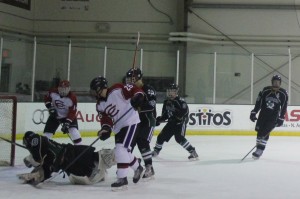
The hockey program also does not provide any of the equipment for them; just opportunities for them to purchase uniforms.
“They have to go out and get them on their own,” Coppell hockey coach Cosmo Clarke said. ‘We do not provide them with that. There are so many different styles out there.”
On top of the costs of the individual equipment, which can average out to $1,140, registration costs $1,800 for coach’s fees, uniforms, ice time and league fees. However since the Coppell High School Hockey Association is a non-profit organization that refunds money leftover after the season back to families. This subsidizes the cost, making it to which only players have to pay $200 outright.
Fundraising also alleviates this cost.
League fees for a team cost $6,000-$7,500 alone, which one can deduce the cost for an individual player. These fees are used to cover game times, referee costs and scorekeeper’s costs.
The league fees are subjective to each Association that a team is a part of. Out of the 32 associations with the Texas Amateur Hockey Association, Coppell belongs to the AT&T High School Hockey League.
Being a non-UIL sport hurts the hockey program by forcing them to draw money directly from the players and that does not seem to change anytime soon, according to Clarke.
“It’s not a UIL sport because the schools don’t get anything back from the rinks; the rinks are independently owned,” Clarke said.
Hockey, like other sports, is known for its select teams, yet the price differs dramatically from lacrosse and baseball.
“The average AA program will be probably $4,000-$5,000 but if you’re looking at a AAA program it’s gonna be $15,000-$20,000,” Clarke said. “And that’s for one season from August until April.”
Double A and Triple A select hockey may differ from Tier II and Tier I in name only because USA Hockey does not recognize the alphabetical classification of the different ranks of select hockey.
The substantial fees associated with select hockey, Clark compares to another substantial fee for other students.
“It’s like partial tuition,” Clarke said.
Baseball
Unlike lacrosse and hockey, baseball is a UIL sanctioned sport and benefits from the school district funding many of its expenditures.
From transportation to paying for officials, CISD covers the costs.
“I bet we don’t break even. we probably lose money in the eyes of the school,” Clark said. “The school supplies us with all the transportation and pays all the umpires and it does not matter if there’s a 1,000 people there or 10 people there, so that is a real benefit for us because if we had to pay for all that, it would be difficult.”
The school provides the team with uniforms and would provide them with catcher’s gear and helmets but it appears that players choose to pay for their own.
“We have found that most players prefer to have their own so that its their sweat in that helmet when they put it on later,” baseball coach Kendall Clark said. “They do provide a lot of their own equipment.”
What the school does not provide, Clark has found, the booster club is more than willing to facilitate. The booster club pays for training equipment, replacing broken nets, organizing meals and many other facets of the program that are instrumental in the success of the program.
“We’ve bought these weights called jackets that you put on the end of your bat and its to create bat speed and arm strength which hitters need. They buy things like that,” Clark said. “Our booster clubs provides all those training devices that our players will use. They provide everything you need for a good practice.”
Another way baseball costs could be alleviated for the players are sponsorships. Sponsorships have to get approval from Crawford as these sponsorships are specific to a program. For example, Nike might provide deals on uniforms for football or shoes for basketball. But for baseball, they currently do not have equipment sponsors.
While playing for the high school is not expensive, the real money lies with select baseball.
“They will be spotted, found, discovered in the summer when they travel for big tournaments,” Clark said. “So they are already on the radar of colleges and most of the time they have already been offered coming into the season, but they know that if they have really good grades they can get more scholarships.”
For two months in the summer, it can cost approximately $1,000 and that is without travel fees. The fees, like other sports, cover items like coaches’ salaries, field use and uniforms.
While that constitutes a large chunk of cash for many families, it does not stop there necessarily.
For those that want a competitive edge, they might take batting and/or pitching lessons every week. At $50 a lesson, those can add up. A parent of an athlete on the baseball team, who asked to rename nameless, said that her and her husband pay between $200-
$400 a month on these lessons alone.
The travel fees are another obstacle that players and their families have to tackle. For players to get ranked in certain organizations they must get invited to select tournaments. These tournaments are all over the country ranging from San Diego to North Carolina.
There’s one problem, though.
“[The teams] don’t pay,” the parent said. “So we have to say “How much is too much?”.”
Any select sport has more than just the monetary commitments. Time and devotion to the sport are paramount for a successful team. Families have to factor in the costs of transporting their entire family to these tournaments and have to take off work as well.
“The only strain between my husband and I is how much time we devote to baseball, because [our son] could be playing every weekend if he wanted to,” the parent said.
In any case, it is sometimes required or understood that these families make these commitments to these teams.
“[My kid’s] freshman year, in our first booster club meeting, Coach Clark pretty much told all the parents ‘I expect ya’ll to have them on teams and know how to play’,” the parent said.
So is it worth it to pay for all that summer ball?
“If we had stocked all that money, we probably could have made a pretty substantial dent for college,” the parent said.
But there is more to playing a sport than just the competition. It has to be enjoyable as well.
“Financially it’s pretty expensive but we have fun with it and [my son] has fun with it,” the parent said.
School ball offers a welcomed reprieve in costs when weighed against select ball.
“Playing at the high school is really inexpensive compared to the club program,” the parent said.
The change in cost is quite noticeable.
“Somebody the other day was complaining about having to pay the [Pay-to-Play] fee and I had actually forgotten we had paid that because that is nothing compared to what we pay for select ball,” the parent said.



